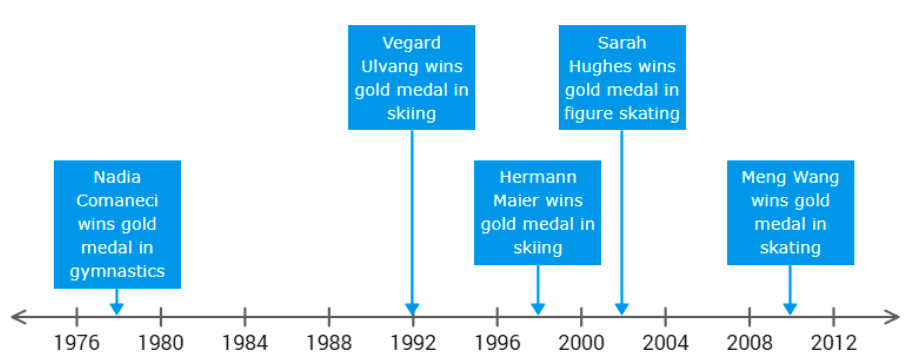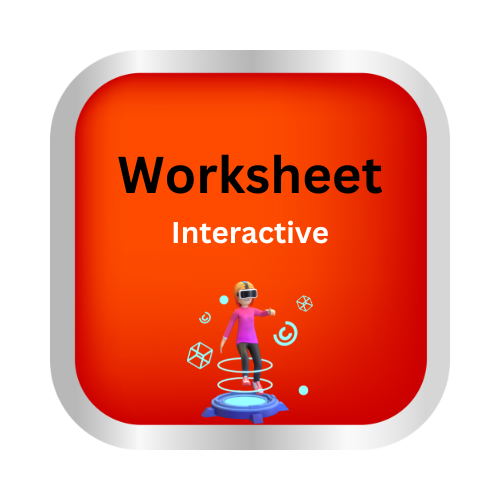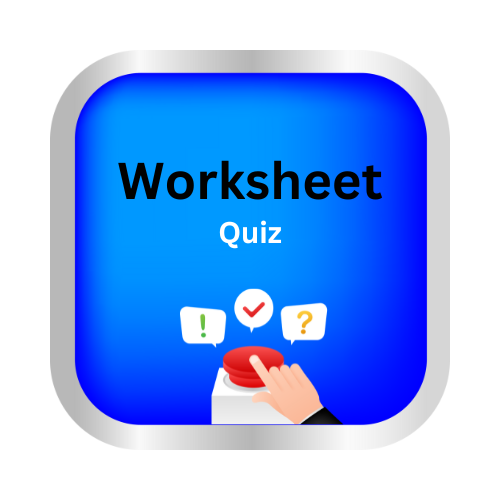Timelines
Key Notes :
What is a Timeline?
- A timeline is a visual way to show events in the order they happened.
- It helps us understand when things happened.
Uses of Timelines
- To show history, like important events in someone’s life or in the world.
- To organize events in stories or lessons.
- To help us see changes over time.
Parts of a Timeline
- Dates or years are marked in order (from earlier to later).
- Events are written next to the dates.
- Arrows or lines show the flow of time from left to right or top to bottom.
Types of Timelines
- Personal timeline: shows events in your own life (e.g., birth, first day of school).
- Historical timeline: shows important events in history (e.g., inventions, wars).
- Daily timeline: shows events in one day (e.g., morning, afternoon, evening).
Reading a Timeline
- Start from the first date.
- Move along the line to see what happened next.
- Look at how much time passed between events.
Creating a Timeline
- Choose the events and dates.
- Put the earliest event first.
- Use pictures or symbols to make it fun and easy to read!
Why Timelines Are Important
- They help us remember and understand the order of events.
- They make it easy to see big changes over time.
Learn with an example
⛳ Look at this timeline.
Select the event that happened last.

- The last event is “Oklahoma became a state.”
⛳ Look at Harry’s timeline.
Select the event that happens first.

- The first event is “feeds cat.”
⛳ Look at this timeline.

⛳ Did Vegard Ulvang win a gold medal in skiing before or after 1996?
- before
- after
- Find “Vegard Ulvang wins gold medal in skiing” on the timeline. It is to the left of 1996. It happened earlier. Vegard Ulvang won a gold medal in skiing before 1996.
Let’s practice!🖊️

